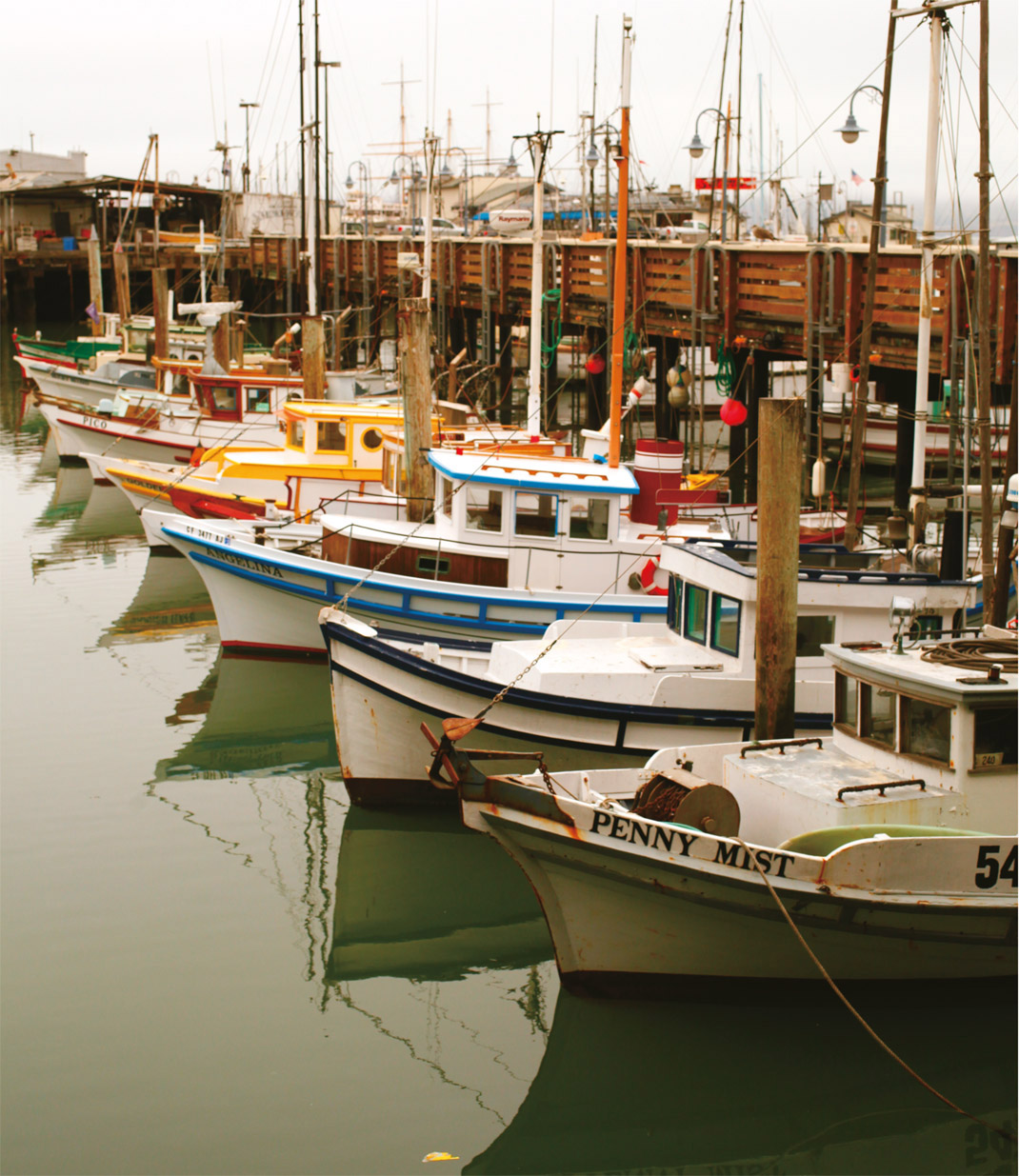| great food finds | SAN FRANCISCO |
An imprint of The Rowman & Littlefield Publishing Group, Inc.
4501 Forbes Blvd., Ste. 200
Lanham, MD 20706
www.rowman.com Distributed by NATIONAL BOOK NETWORK
Copyright 2018 by The Rowman & Littlefield Publishing Group, Inc.
Photography by Craig Lee (except for page ii Nickolay Stanev/Shutterstock.com)
Excerpted from San Francisco Chefs Table by Caroline Jung.
All rights reserved. No part of this book may be reproduced in any form or by any electronic or mechanical means, including information storage and retrieval systems, without written permission from the publisher, except by a reviewer who may quote passages in a review.
British Library Cataloguing in Publication Information Available
Library of Congress Cataloging-in-Publication Data Available
ISBN 978-1-4930-2813-9 (paperback)
ISBN 978-1-4930-2814-6 (e-book)
 The paper used in this publication meets the minimum requirements of American National Standard for Information SciencesPermanence of Paper for Printed Library Materials, ANSI/NISO Z39.48-1992.
The paper used in this publication meets the minimum requirements of American National Standard for Information SciencesPermanence of Paper for Printed Library Materials, ANSI/NISO Z39.48-1992.
Printed in the United States of America
Restaurants and chefs often come and go, and menus are ever-changing. We recommend you call ahead to obtain current information before visiting any of the establishments in this book.
To my late parents, who nurtured my appetite for life with their soulful cooking and high standards in everything that they did.
To my older brothers, who indulged my sweet tooth, then and now.
To my husband, my inseparable companion who has accompanied me on so many food adventures with humor, cheer, and support.
To all the friends Ive ever shared a wonderful and memorable meal with.
Thanks for having faith in me to make a most delicious dream come true.
INTRODUCTION
W hat do you call a region where a guy who peddles homemade crme brles from a pushcart can find fame and fortune, where people think nothing of waiting in line for half an hour for a cup of cult coffee dripped to order, where molecular gastronomy is as revered as DIY canning, and where the latest restaurant happenings are scrutinized more closely than the S&P 500?
The San Francisco Bay Area, of course.
Residents and visitors alike may be lured to the glorious city by the bay for its majestic Golden Gate Bridge, its picturesque skyline, its always comfortable climate, and its accomplished ballet, symphony, and sports teams. But perhaps they are drawn even more by its world-class food scene.
Arguably this is the place where culinary trends start first, only to eventually spread across the rest of the nation.
It is the ultimate foodie destination. Its where farm-to-table, snout-to-tail, and root-to-shoot cooking is not only a movement but a way of life. Its where chefs pride themselves on supporting local farmers, family-owned ranches, esoteric foragers, small-batch food producers, and sustainable seafood practices. Its where local farmers markets are the envy of the rest of the country, as they operate year-round and proffer everything from delicate olallieberries to exotic Buddhas hand to Japanese ume sour plums.
Its the home of California cuisine (its birthplace the landmark Chez Panisse in Berkeley); worship-worthy Blue Bottle Coffee (with branches now in New York); the singular Mission Chinese restaurant (also now in New York); superb sourdough bread; history-making vintners; and even a roving 5,000-pound behemoth pizza oven on wheels (the amazing Del Popolo food truck).
Some of the most talented chefs in the world choose to ply their craft here: Alice Waters, Michael Chiarello, Chris Cosentino, David Kinch, Hubert Keller, Matthew Accarrino, and so many others. Its a place where the century-old tiny seafood counter known as Swan Oyster Depot can prosper alongside such modernist marvels as Atelier Crenn, Saison, and Coi, where cooking soars to high art.
The Bay Area is made up of nine counties with more than 7 million people. San Francisco, the only municipality in California that is both a city and a county, is home to more than 825,000 residents of a staggering diversity. More than 112 languages are spoken in the metropolitan area. In the nineteenth century, immigrants were lured here to build the railways and to stake a claim in the Gold Rush. Now, many flock here to seek success in high tech.
No matter where they hail from, they bring along their customs and cuisines, as well as a hearty appetite for incorporating the familiar with the new. Thats why youll find food trucks, hole-in-the-wall joints, and fine dining establishments offering up everything from Salvadoran pupusas, Oaxacan mole, Himalayan curry, Shanghai dumplings, and Filipino crispy pata to Indian collard green dosas, New York steaks napped with Persian-influenced chimichurri, and Sri Lankan crisp pancake hoppers cradling fiery sambol and organic soft-cooked eggs.
San Francisco boasts more than two dozen distinct neighborhoods, each with its own flavorfrom mom-and-pop taquerias alongside hipster bars in the Mission District to the crowded teahouses and live-seafood markets in Chinatown (the oldest one in North America) and the ramen masters and mochi confectioners in historic Japantown (one of only three remaining Japanese enclaves in the United States).
Cross the Bay Bridge to find the phenomenon known as Oakland. Considered the new Brooklyn, it has seen its share of growing pains, most notably skyrocketing crime. But the scrappy, can-do city also has turned into one of Bay Areas most exciting dining destinations. With more affordable rents and lower labor costs, chefs and restaurateurs have zeroed in on Oakland as the place to be. Newcomers include the Spanish-inflected Duende and the Japanese-influenced Hopscotch diner, which have joined the Michelin-starred Commis, founded in 2009.
Winemakers also have discovered the advantages to be had across the bridge. Two dozen urban wineriesmostly family-owned boutique operationshave set up shop in the East Bay in the past few years, with about half of them in Oakland. After all, the East Bay is just a few hours away from every major wine-growing region in the state, making it easy to source grapes. Whats more, facility costs have yet to reach the dizzying levels of the Napa or Sonoma wine country. Continue south to the Peninsula, where restaurateurs are now launching second outposts of successful San Francisco operations, finding the compact city too saturated for more of the same.
The recipes in this book attempt to reflect the vast array of cuisines and styles of cooking to be found in the Bay Area, from casual to haute, from no-nonsense to adventurous. Some are definitely more challenging than others. Feel free to put your own spin on them by substituting produce or ingredients more easily found in your own area. For instance, make the rag but save time by forgoing making your own pasta. Or streamline a dish by making only its star component, then swapping out the extra flourishes with a simple salad, a loaf of good crusty bread, or a saut of your favorite greens. Some recipes also were altered for ease of preparation, so some photos may not exactly match the look of the resulting home cook version of the dish.


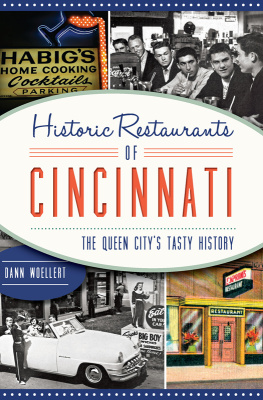
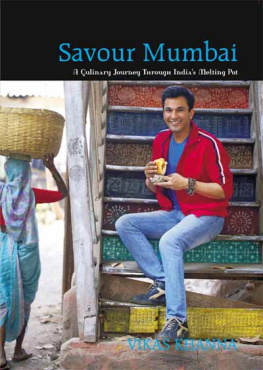
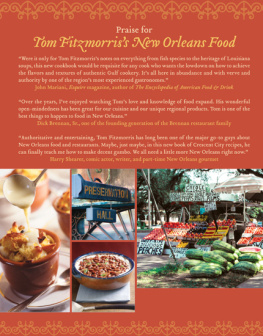

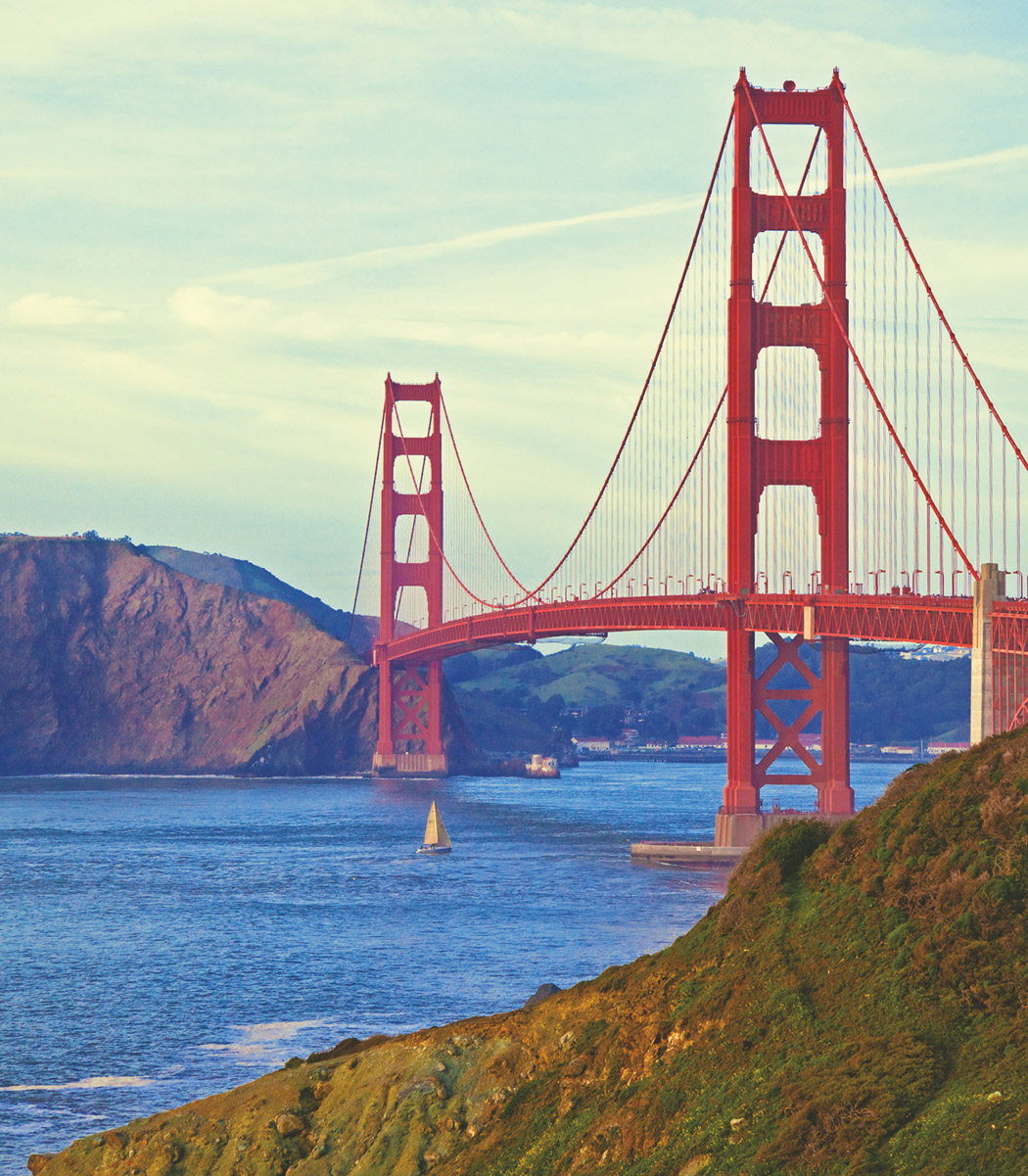
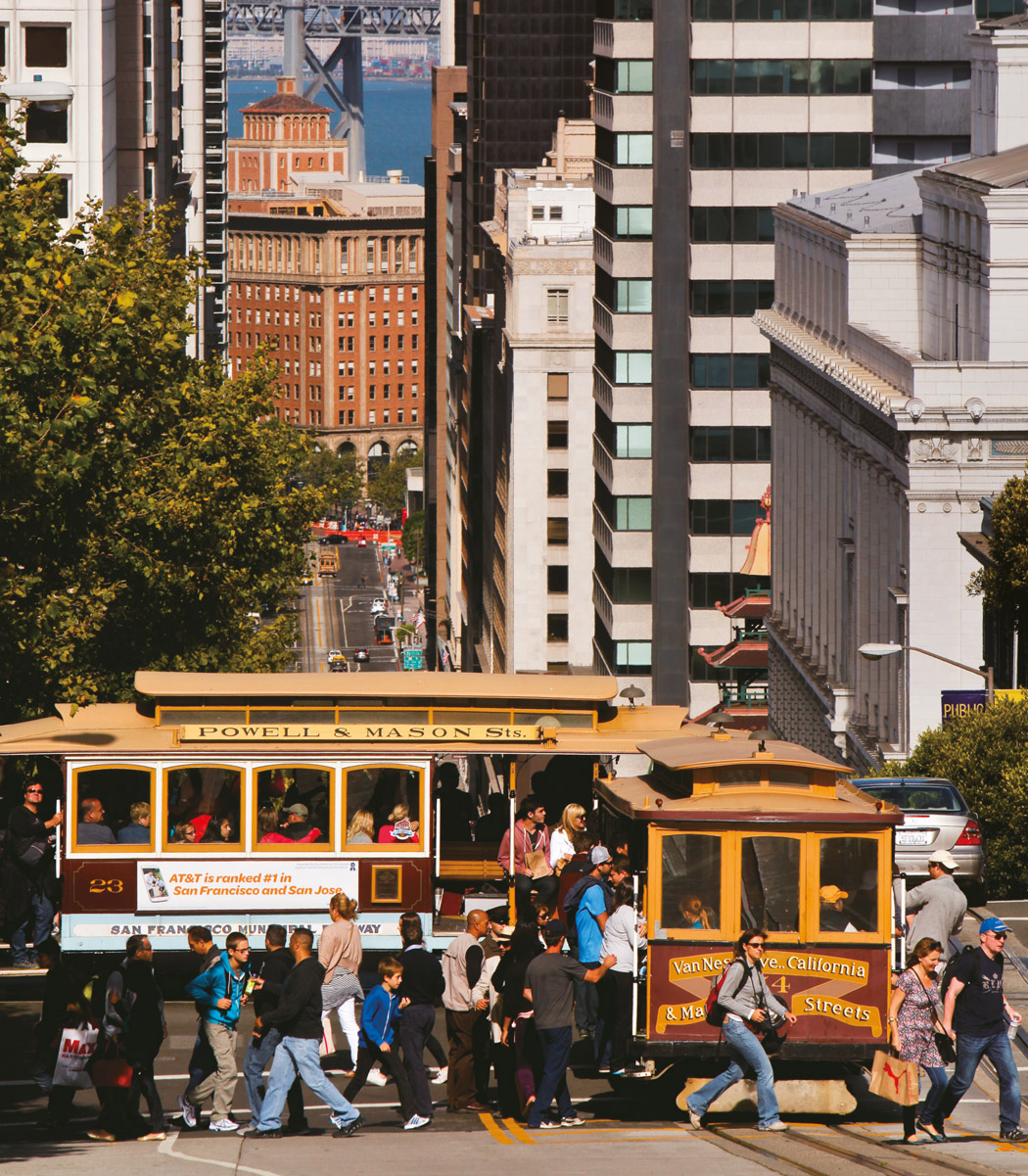
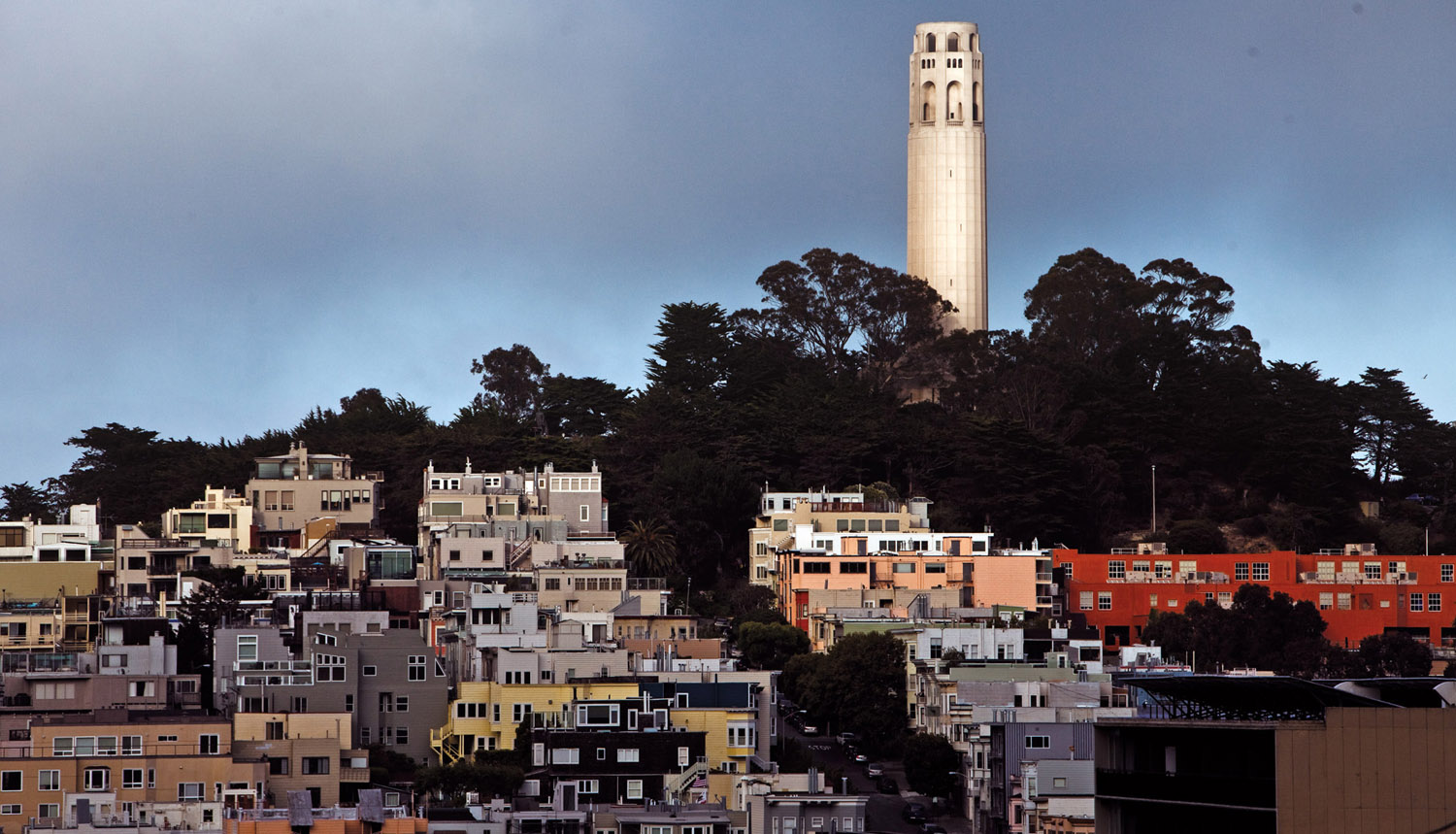
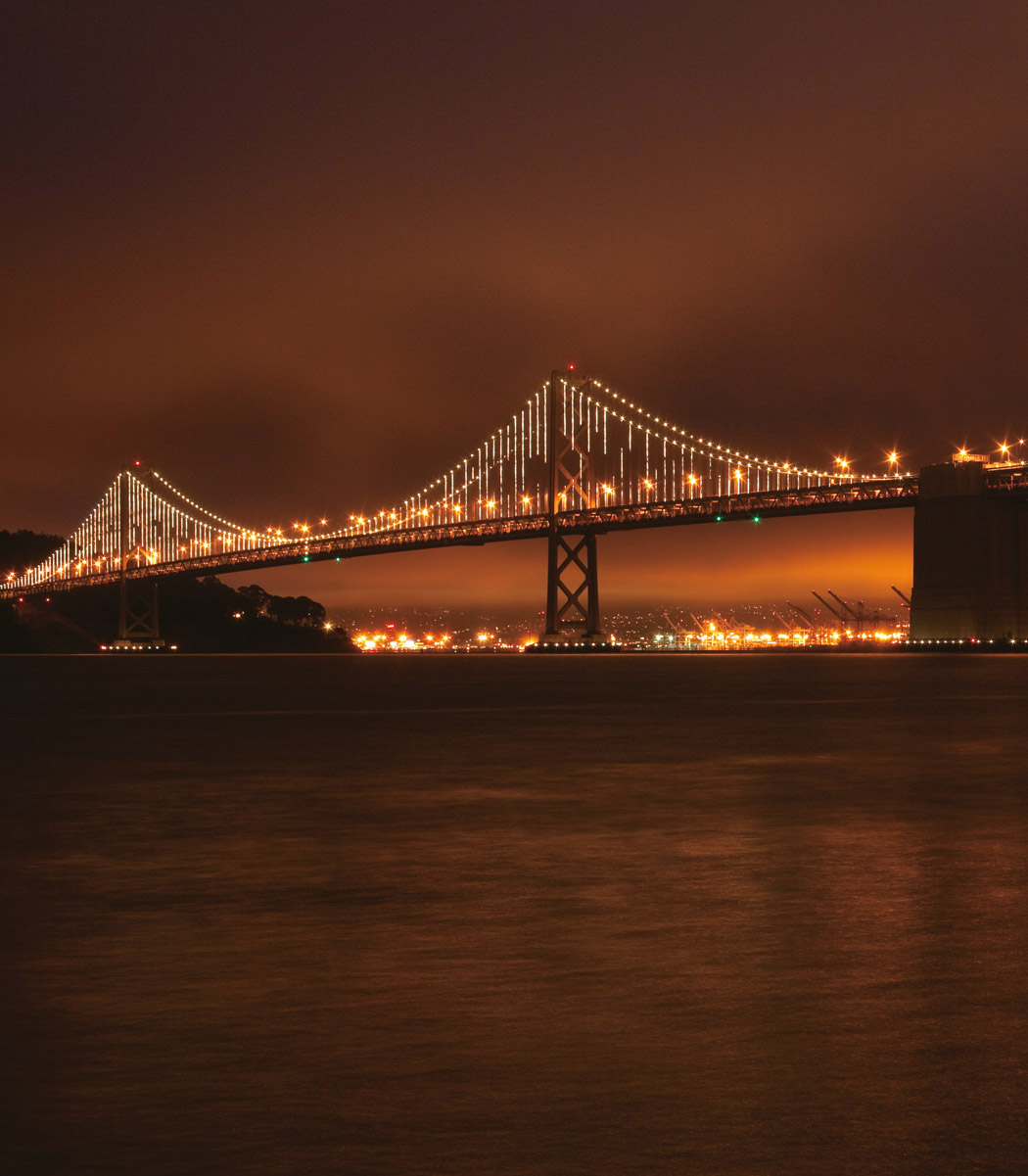

 The paper used in this publication meets the minimum requirements of American National Standard for Information SciencesPermanence of Paper for Printed Library Materials, ANSI/NISO Z39.48-1992.
The paper used in this publication meets the minimum requirements of American National Standard for Information SciencesPermanence of Paper for Printed Library Materials, ANSI/NISO Z39.48-1992.